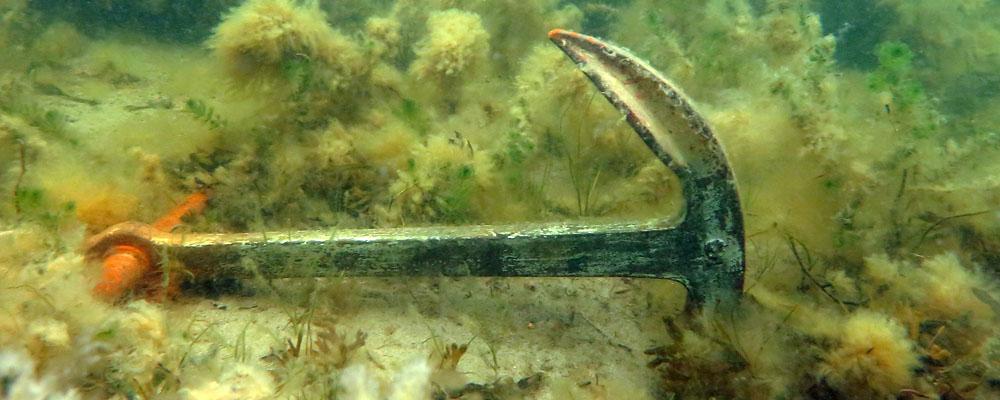
Genetic data in management and conservation
Genetic data is useful for management and conservation of biodiversity in several ways:
– to identify population structure
Genetic methods can be used to identify fish stocks, and to separate catches from different stocks during fishing. It can also be used to identify populations that are too small to be sustainable. Modern population genetic tools are efficient, rapid and relatively simple.
– to help prioritize
Species are in most cases distributed over spatially separated populations that are more or less connected by gene flow. Genetic data will guide in assessing connectivity among populations, and thus provide suggestions to which populations should be prioritized in conservation, and how to plan management measures to support connectivity between areas, e.g. MPAs.
– to estimate effective population size
In very small populations, genetic variation will be lost simply by chance – "genetic drift". The smaller the population the more rapid is the loss. Thus, the size of a population is an important factor for the long-time survival of populations and species. However, it is not the total number of individuals, "N", that is important, but the effective population size, "Ne" (roughly the number of breeding individuals that produce offspring that live to reproductive age). Ne can be estimated from genetic samples of two different generations or from genome-wide sequencing data from one generation. Not uncommonly Ne is only a few percent of N.